Lucas “FEIJ” Bruni is a blackwork tattoo master from the island of Florianópolis – Brazil.
Living in such a beautiful tropical paradise, it shouldn’t come as a surprise how much nature inspires his work.
Join us for a wonderful chat we had on art, tattooing, his different artistic references, and his creative relationship with the natural world.
When did you start tattooing and what led you to this world?
I started tattooing in 2016, spontaneously. It was something that found me, not something I looked for.
A friend who lived with me was starting to tattoo and was having a lot of technical difficulties with the process. I’m an electronics technician, and when I saw him struggling to resolve issues, I wondered what was happening, what could it be, amperage, voltage…
Until one day I asked if I could try getting a tattoo on myself. I did it, and it wasn’t the prettiest thing in the world but I liked it. Soon my friends saw it and asked me to do it for them too, and when I realized it, I had already bought a diary to organize the requests that had appeared.
At the time I was studying Design at college, and I think people on this course are very open to that. They even liked them to be dirtier tattoos, with less technique.
I started tattooing at home that way, but it was when I became an apprentice at a studio that I really learned what tattooing was, all the techniques and preparations involved.
What are your biggest artistic inspirations?
My biggest inspiration has always been nature. Walking through the woods, finding animal bones, and growing plants are all things that inspire me a lot. In addition to that, I believe that psychedelic experiences were also essential to my training.
In terms of artistic schools, in my trajectory, I fell very much in love with art nouveau. I believe it shares very remarkable traits with scientific illustration, which is another of my interests. And studying art nouveau I came to Japanese art, which has been a great inspiration for me.
However, currently my biggest inspiration is to make the tattooing process fun from a human point of view, so that I can deliver the best work possible.
How do these different references combine?
I believe that the main point in common between them is movement. Mainly in art nouveau and Japanese art, both have a very strong sense of lines, which brings a feeling of fluidity. It has to do with loosening the body, unlocking a certain body rigidity. This is very important for the anatomical matters of the tattoo.
Do you have a favorite type of work?
In a technical sense, I really like working only with black, as it gives me a lot of comfort and freedom.
Concerning the subject, nature is my favorite one. Living in Florianópolis, it’s very difficult not to be constantly inspired by it.
My relationship with nature is absolutely artistic. I don’t think my inspiration comes from very modern cultural movements. I end up being much more inspired by cultural movements of the past and I think Nature is very linked to that.
Your space is part of the experience of tattooing with you. What is essential for you in your workspace?
I’ve worked in studios of many formats. I really missed having a quiet place to work calmly, and connect with my clients, without too many people, loud music, and too much hustle and bustle. Without anything that directly involved alcohol as well, as I already worked in a studio that was above a bar.
I learned a lot from all these spaces and when I set up this studio here I looked for elements from each place I visited to think about what would work for me.
For me, what really works is dedicating a lot of time to drawing, to studying, so a space with fewer people works well for this. But for me, the main thing is to connect with clients, to serve people well.
Even the idea of doing bigger projects comes a lot from this, from the perspective of a client returning and a friendship being formed.
You get to see the same person with different hairstyles, different phases of life… there was even a client of mine who got pregnant during the process, and I got saw the child being born and then growing! It becomes something of friendship and for me, it is the most important thing.
Because having fun in the process means building friendships, if it turns into something too dry and too robotic, we end up wasting time in a sense. Time is what makes room for good encounters.
So do you think there is a connection between space, architectural amplitude, solitude and the connection with time?
For sure. And even the physical location where the studio is located, I was careful to choose a street in a central region where no one passes by, there is no noise, you can hear the birds while working.
What about the decor?
I am a collector, mainly of things from Nature, of things that I find on my wanderings in the woods.
But also, because people know how much I like it, I end up receiving lots of it as gifts.
There was even a veterinarian who gave me a macaw skull that she cleaned and took care of to give to me.
The arts are mostly gifts too, collections from friends.
As for the animals, I try to only present the most acceptable ones, there are many things that I don’t put on display, even the macaw skull so as not to give the wrong impression.
There were two clients who were scared by my taxidermy of a rat that I have there. But it’s part of who I am, that’s what it is.
What do you still want to achieve in tattooing?
The main thing is to have more and more fun with the process, to become more and more free within it. Both to do what I like, which I find interesting, and to really have fun.
My current goal is to do all the drawing in pen directly on the body, freehand. Remove paper and digital from the process. The whole process is meant to be about me and my client, thinking about the design together.
I confess that I’m still a little far away, I still prefer the security of going back to digital, going back to paper and finishing the drawing more calmly.
I also want to do bigger and bigger jobs so I can connect with people. I think I prefer to have fewer clients per year, but do several sessions with the same person.
But my main motto now is fun. I already sacrificed myself for many years in a room studying a lot, practicing. Now I want to go out on the world, meet people and connect.
Do you have any tips for those just starting out in the world of tattooing?
The first tip is to study drawing.
Without draftsmanship, you are very subject to what clients bring, and when you are at the beginning, clients don’t bring very good ideas.
So, mastering the technique of what you do and having the ability to state what you know allows you to be able to suggest better options, both aesthetically and semiotically.
In addition to studying drawing, being close to people who share the practice of both drawing and tattooing. Having a studio experience is essential.
What message would you like to send to your future clients?
I think I hope to receive people who identify with my work, and people open to listening and exchanging experiences.
People who understand that the artistic process goes through a person’s head, that I am not a printer.
There are times when the client arrives with an idea that they think is very solid but in reality, they don’t know what they want.
When the person is open, it flows much more naturally. Tattoos are about a human exchange, I think it’s very valuable to receive those who are open to this.
Follow FEIJ’s work on Instagram.

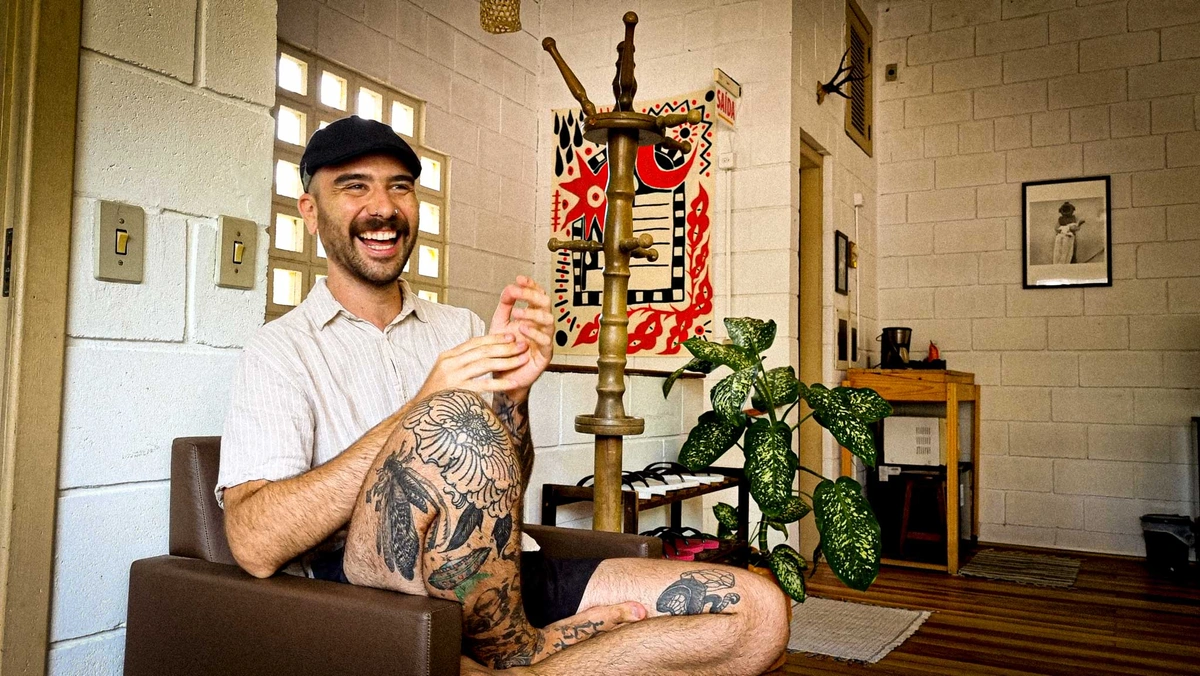

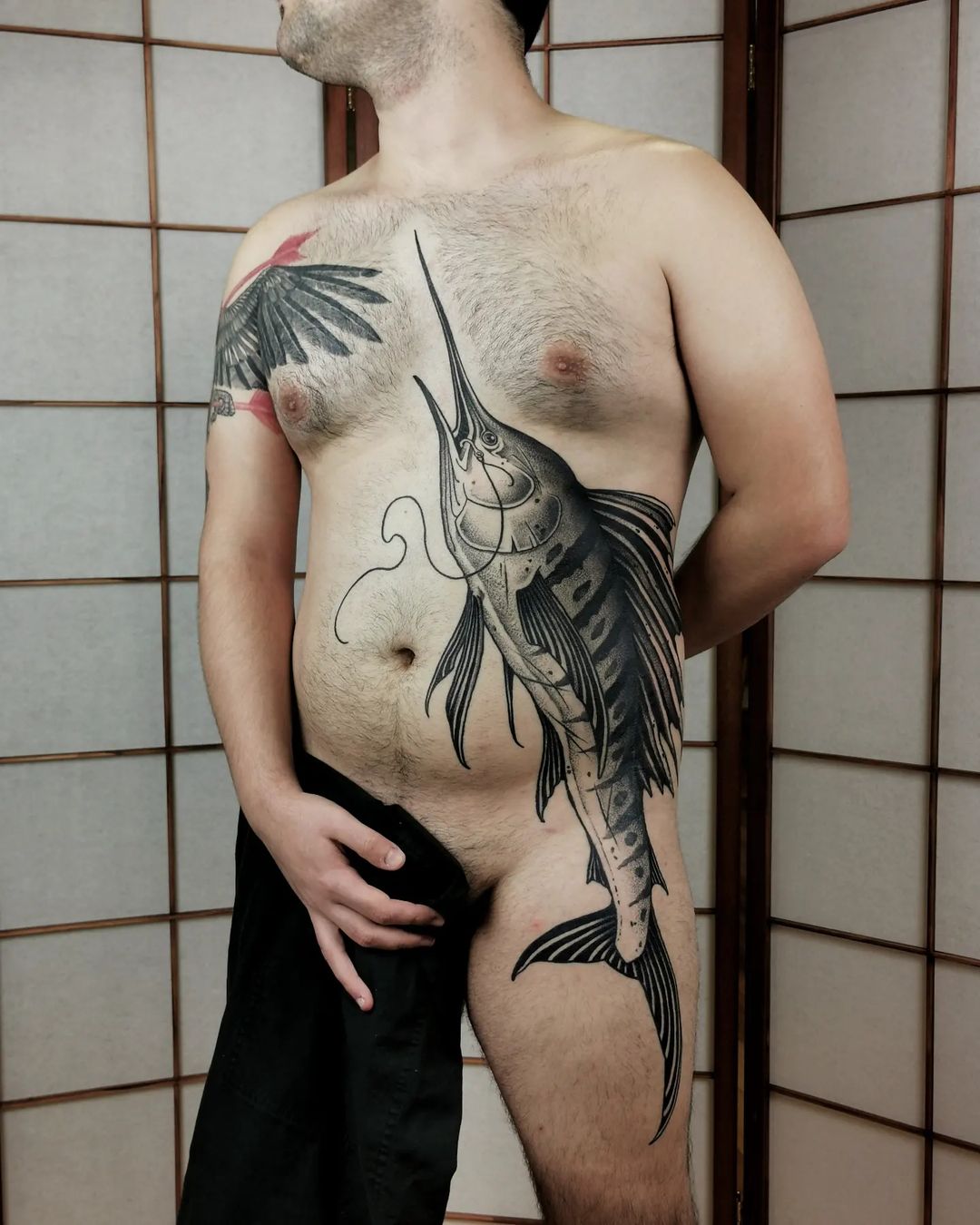
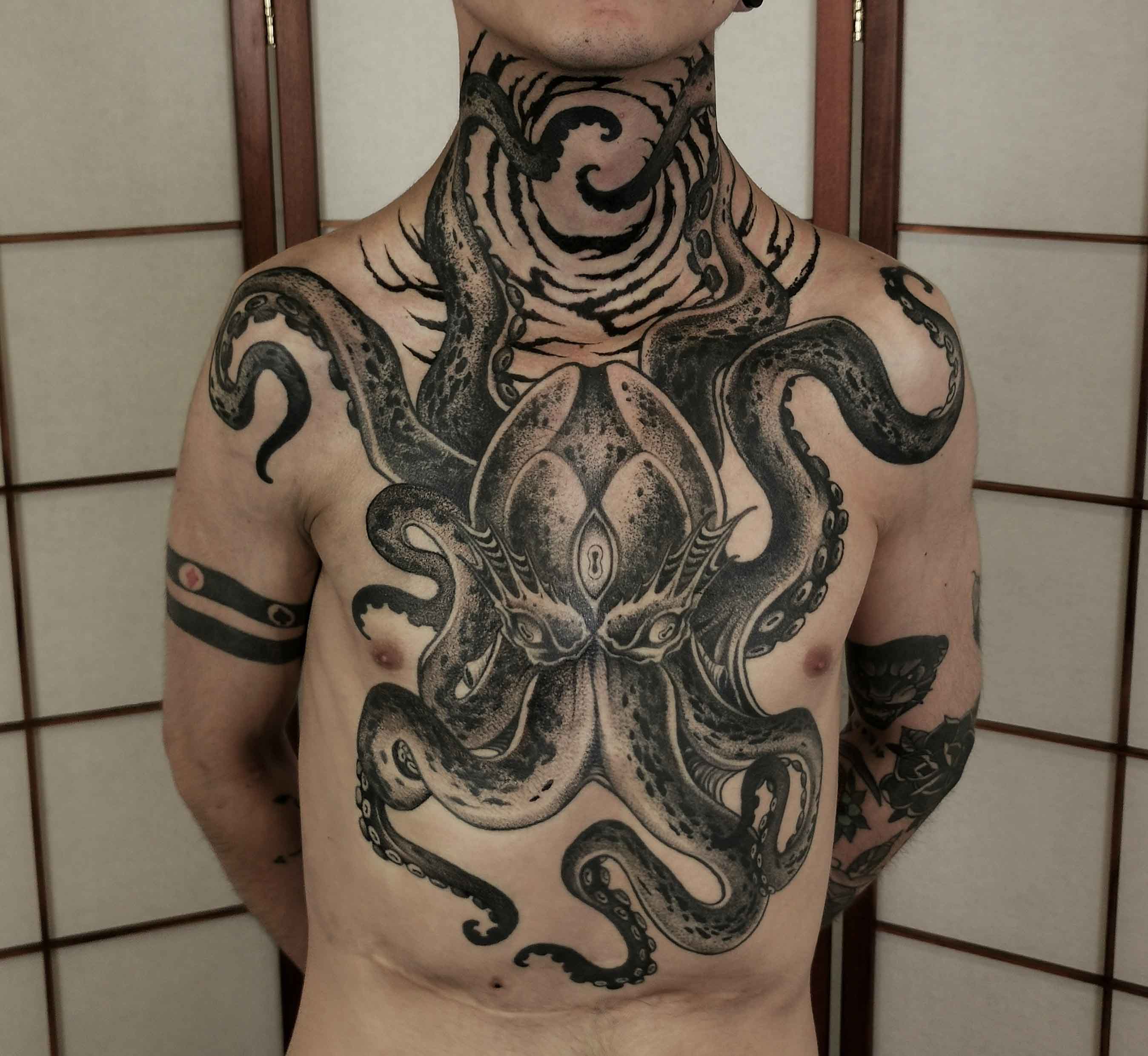
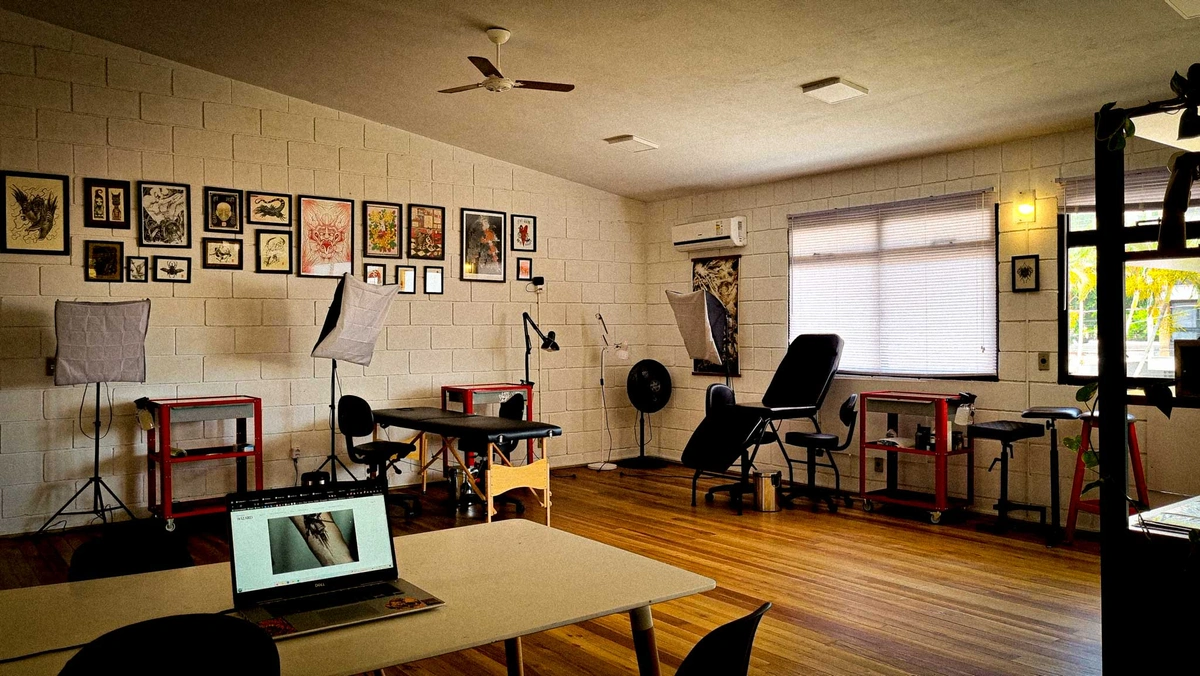
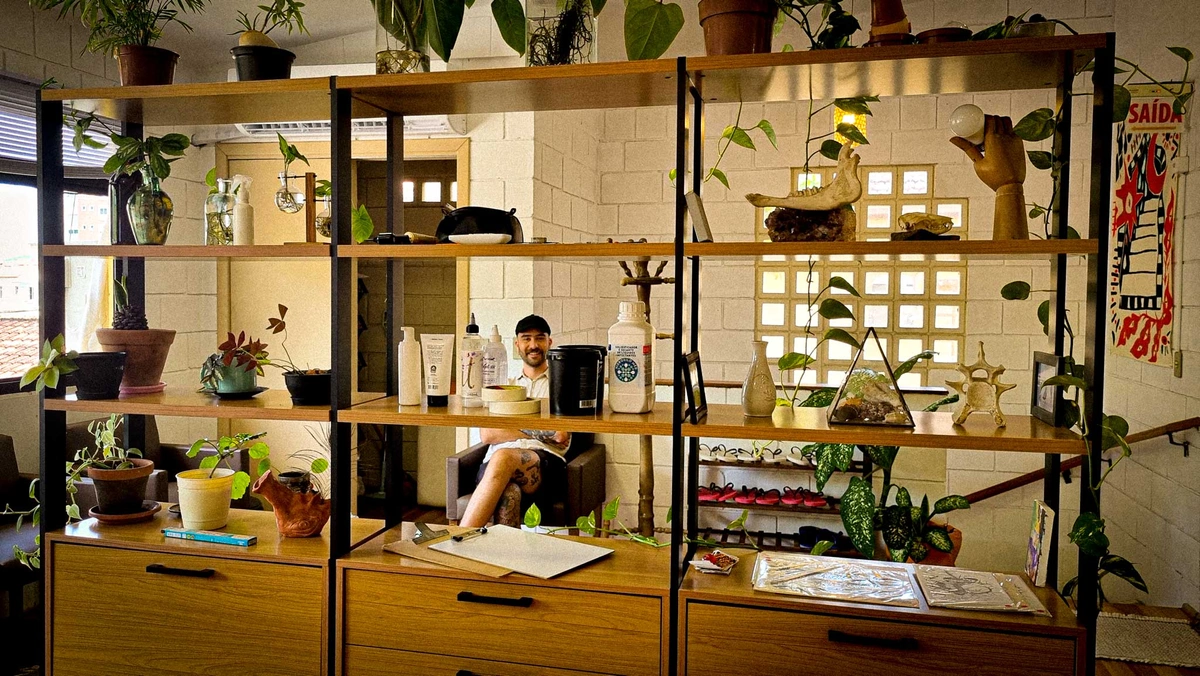
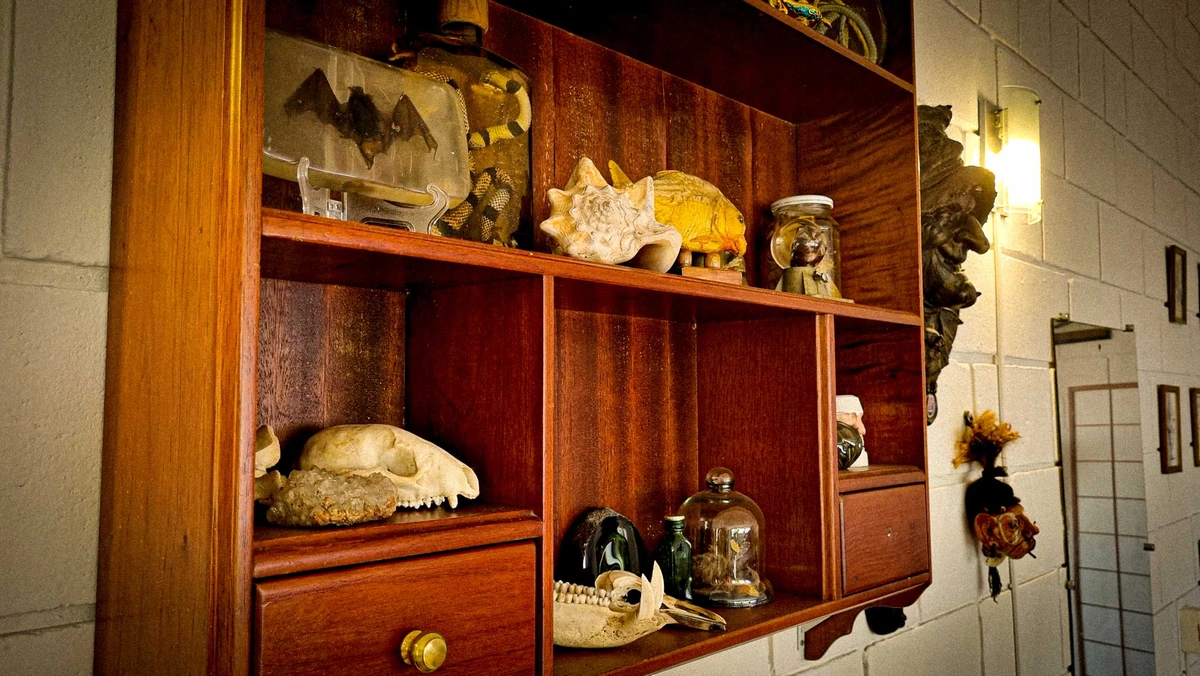
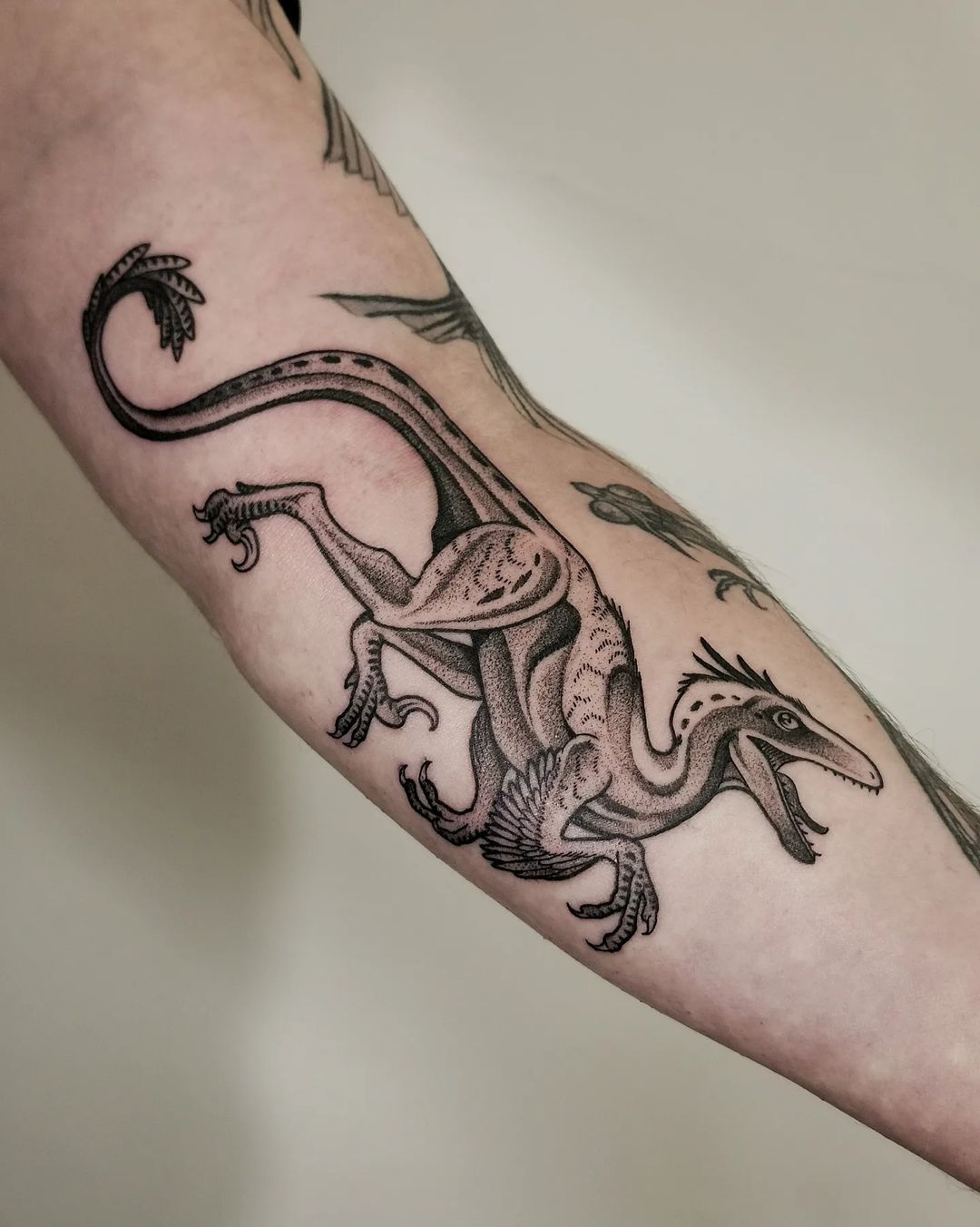

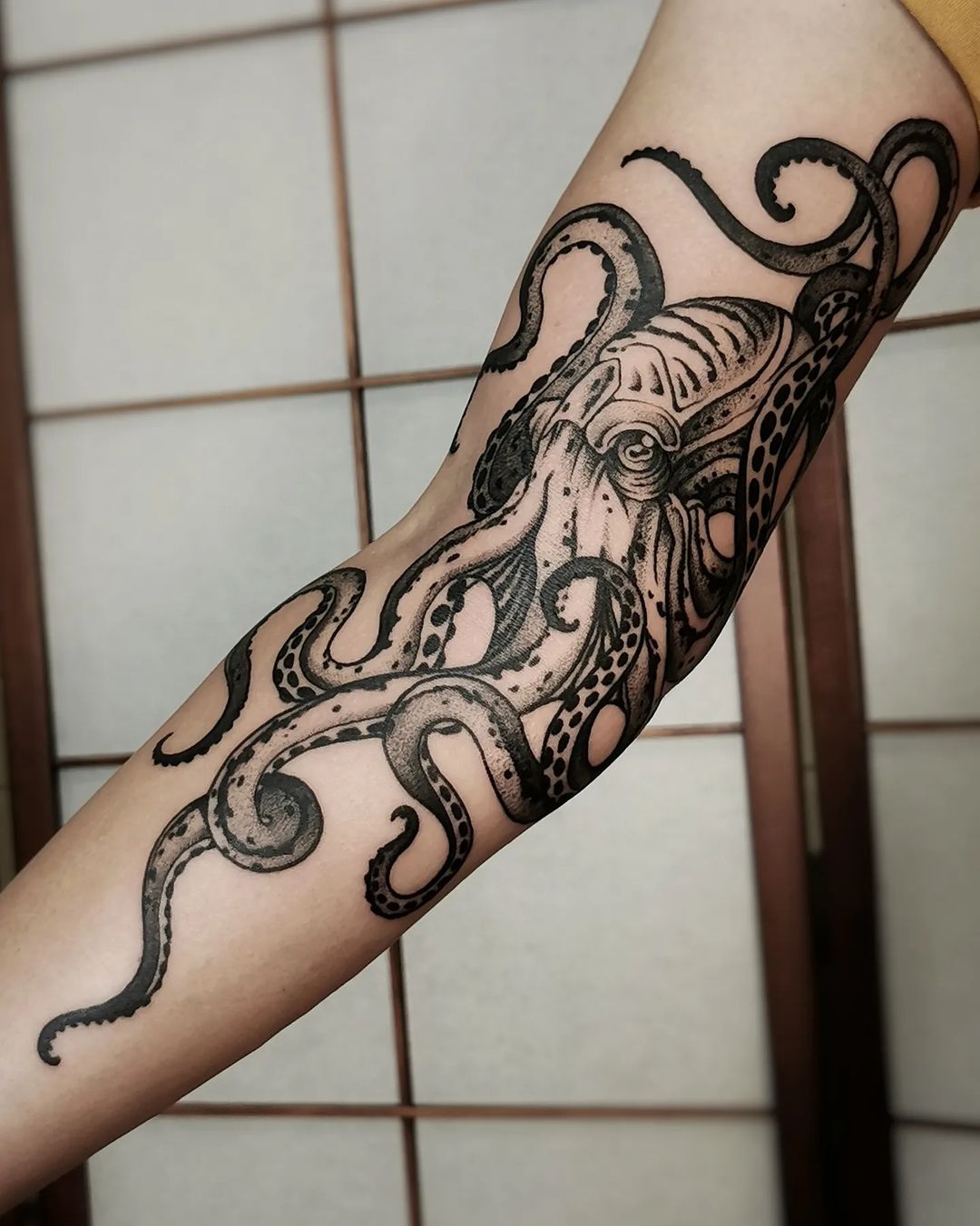


No Comment! Be the first one.